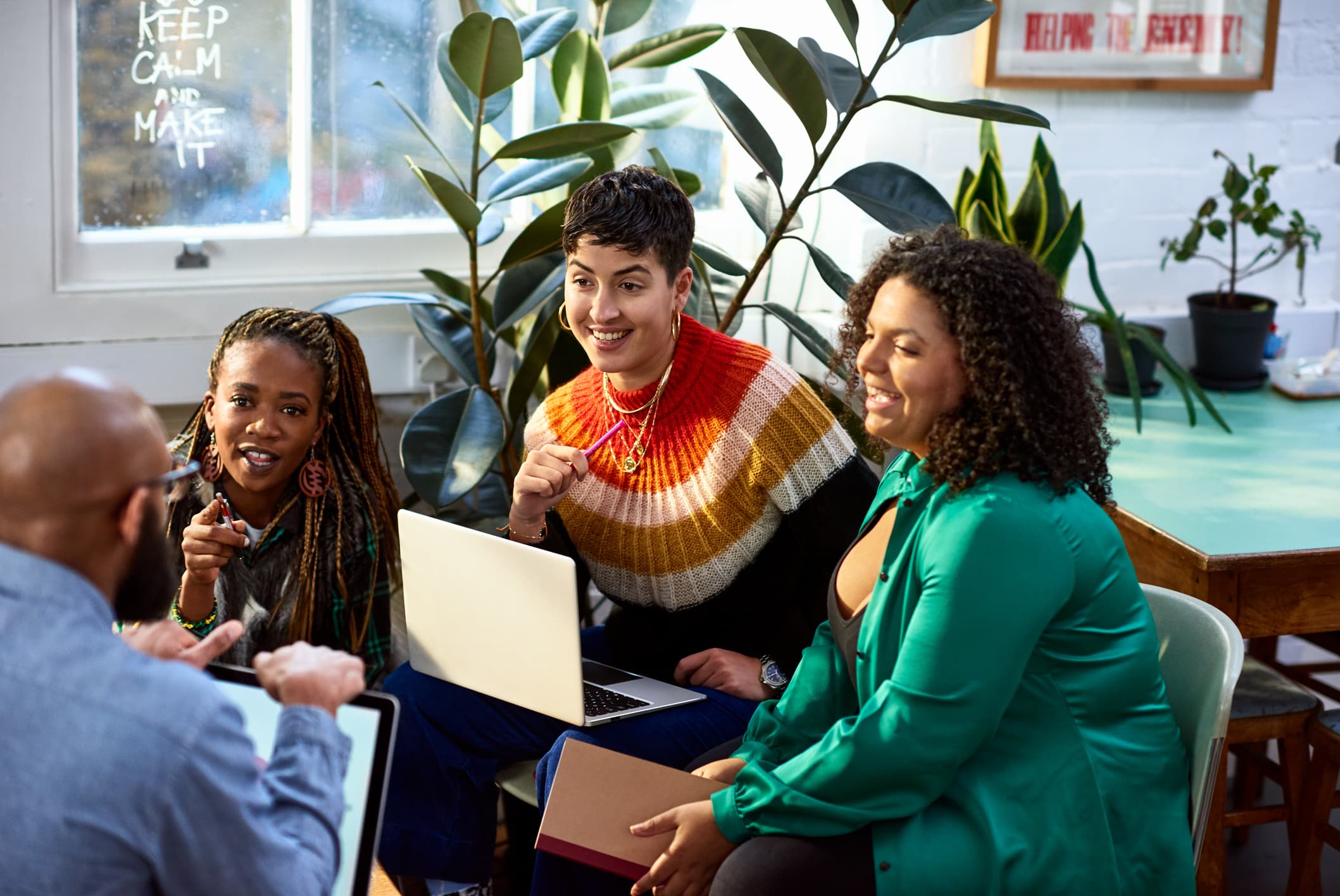The sustainability problem is a big one. Even when you just look at it from an environmental perspective. When you add the social, economic, and ethical aspects, it can get overwhelming. Setting a course for being a sustainable small business can help. This article explores what should be in your small business sustainability plan.
This series has covered what small business sustainability is and why it matters. We’ve also shared 20 strategies you can adopt and examined how to tell your sustainability story. The focus now, though, is on laying out a plan that helps drive your transformation and keep you accountable to your objectives.
What should be in your small business sustainability plan? Some basics include:
- Mission and vision
- Industry context
- Measurable objectives
- Roles and responsibilities
- Resource allocation
- Stakeholder map
Mission and Vision
Your business already has its overarching mission and vision. This one is specific to sustainability efforts. Of course, it should tie in with the overall mission and vision. Otherwise, those sustainability activities aren’t organic to your business.
Ben Pring, chief futurist from Cognizant’s Center for the Future of Work, suggests reverse-engineering the endpoint. In Forbes, he wrote, “Start with a bold vision of a radically improved sustainable future for the organization, and reverse-engineer the steps required to make that a reality. By doing so, the team can break free of limitations around current business models or service offerings to imagine what’s next.”
The sustainability vision captures your company’s passion. To make one, it’s a good idea to solicit employee input from the outset. Then, make the vision specific and focused in order to be more attainable.
Industry Context

You may have big, bold plans about how your business will change the world, but it’s a good idea to do your research. Find out what laws or industry standards are already in place. Learn the best practices currently out there to address the issues you want to target. Check your compliance requirements to ensure that your new initiatives and innovations don’t run the risk of failing to meet regulations.
In its guide to small business sustainability planning, the Small Business Administration suggests business owners and entrepreneurs need to:
- Realize the impact the business has on the environment
- Understand the political and regulatory forces that are encouraging sustainable business practices
- Explore opportunities to help the business become more sustainable
- Develop and implement a strategy to minimize impact and share those efforts with customers
Measurable Objectives
Business is data-driven today. Plus, setting out measurable objectives makes it easier to report on progress and share a sustainability story with stakeholders. This means investors will see the value of your efforts. Employees will see the return on the investment. Customers (whether B2B or B2C) will see the progress you are making in areas that are important to them as well.
Of course, it will be useful if you start by establishing your baseline. In making your sustainability plan, start by reviewing company records and employee practices. Look for areas of improvement such as waste reduction, transportation habits, water consumption, energy efficiency, ecological impact, product line efficiency, pay equity, diversity and inclusion, supply chain transparency, and more.
Having a goal in mind as far as sustainability will determine what metrics you can measure and improve upon. You’ll also want to visualize what success will look like.
Roles and Responsibilities

Yep, it’s another org chart. This time you’re supporting the long-term feasibility of your small business sustainability plan by determining who is in charge of what. If you can afford to dedicate an employee (or employees) full-time to sustainability efforts, that’s great. Otherwise, you’ll need to identify which tasks are going to be attached to which functions.
While laying out this sustainability org chart, make sure that progress in these roles is reported to the C-suite. Having an executive sponsor can help ensure that the initiatives don’t falter. This individual can keep the efforts aligned with the business’s other priorities and give voice to sustainability goals in senior leadership discussions around people, time, and budget.
Resource Allocation
In addition to determining who is responsible for what as far as your sustainability mission, you’ll need to consider other resources too. Taking the time in your planning to think about what kind of budget is required and whether physical space is needed can support long-term success. Even the most well-intentioned initiatives can quickly lose momentum without the proper foundation to keep it afloat (or make it, ahem, sustainable).
Stakeholder Map
Your sustainability transformation should have a ripple effect on both internal and external stakeholders. It’s a good idea to map out how your sustainability activities will impact those around you, both directly and indirectly. This visual project will set out connections and help you to:
- Find out who has the most influence
- Focus on who will benefit most
- See where resources are most plentiful
This effort can also help you anticipate challenges, earn buy-in, communicate proactively, and even possibly identify new opportunities you hadn’t considered.
According to Salesforce, “SMBs are far less likely than larger companies to have an actual sustainability program or strategy.” While 69% of companies with over 1,000 employees had a sustainability program or plan, only 37% of those with 250 or fewer employees said the same. You can help to turn the tide with the help of this article.




